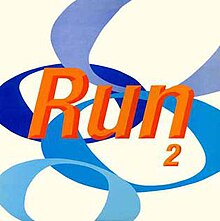
New Order are an English rock band formed in 1980 by vocalist and guitarist Bernard Sumner, bassist Peter Hook and drummer Stephen Morris. The members regrouped after the disbandment of their previous band Joy Division due to the suicide of lead singer Ian Curtis. They were joined by Gillian Gilbert on keyboards later that year. New Order's integration of post-punk with electronic and dance music made them one of the most acclaimed and influential bands of the 1980s. They were the flagship band for Manchester-based independent record label Factory Records and its nightclub The Haçienda, and they worked in long-term collaboration with graphic designer Peter Saville.

Factory Records was a Manchester-based British independent record label founded in 1978 by Tony Wilson and Alan Erasmus.

Power, Corruption & Lies is the second studio album by the English rock band New Order, released on 2 May 1983 by Factory Records. The album features more electronic tracks than their 1981 debut Movement, with heavier use of synthesisers. The album was met with widespread acclaim, and has been included in music industry lists of the greatest albums of the 1980s and of all time. The cover artwork was by Peter Saville, and in 2010 it was one of ten classic album covers from British artists commemorated on a UK postage stamp issued by the Royal Mail.

"Blue Monday" is a song by the British rock band New Order. It was released as a 12-inch single on 7 March 1983 through Factory Records. It appears on certain cassette and CD versions of New Order's second studio album, Power, Corruption & Lies (1983). The track was written and produced by Gillian Gilbert, Peter Hook, Stephen Morris and Bernard Sumner.

Technique is the fifth studio album by English electronic rock band New Order. Released on 30 January 1989 by Factory Records, the album was partly recorded on the island of Ibiza, and incorporates Balearic beat and acid house influences into the group's dance-rock sound. The album was influenced by the then growing acid scene, and Sumner's experiences at Shoom in London.

Low-Life is the third studio album by English rock band New Order, released on 13 May 1985 by Factory Records. It is considered to be among the band's strongest work, displaying the moment they completed their transformation from post-punk hold-overs to dance-rockers. The album shows New Order's increased incorporation of synthesisers and samplers, while still preserving the rock elements of their earlier work. The original Factory CD issues of the album were mastered with pre-emphasis.
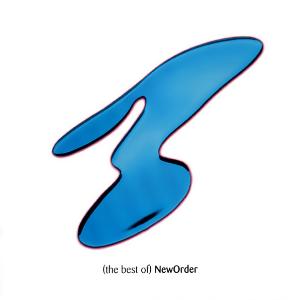
The Best of New Order is a greatest hits album by English band New Order. It was released in the United Kingdom on 21 November 1994 by London Records and, with a different track listing, in the United States on 14 March 1995 by Qwest Records and Warner Bros. Records. Like Republic, the band's most recent studio album at the time, the cover and liner notes stylise the group's name as one word (NewOrder) instead of the usual New Order.
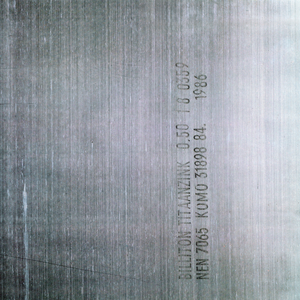
Brotherhood is the fourth studio album by the English rock band New Order, released on 29 September 1986 by Factory Records. It contains a mixture of post-punk and electronic styles, roughly divided between the two sides. The album includes "Bizarre Love Triangle", the band's breakthrough single in the United States and Australia; it was the only track from the album released as a single and as a video.

"True Faith" is a song by New Order, co-written and co-produced by the band and Stephen Hague. It was the first New Order single since their debut "Ceremony" to be issued in the UK as two separate 12" singles. The second 12" single features two remixes of "True Faith" by Shep Pettibone. Both versions of the 12" include the song "1963". "True Faith" is one of New Order's most popular songs.
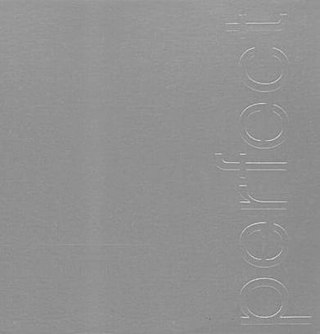
"The Perfect Kiss" is a song by the English alternative dance and rock band New Order. It was recorded at Britannia Row Studios in London and released on 13 May 1985. It is the first New Order song to be included on a studio album, Low-Life, at the same time as its release as a single. The vinyl version has Factory catalogue number FAC 123 and the video has the opposite number, FAC 321.

"Ceremony" is a song written by Joy Division, and first released as New Order's debut single in 1981. The track and its B-side, "In a Lonely Place", were recorded as Joy Division prior to the death of Ian Curtis. Both were re-recorded and carried over to Joy Division's re-formation as New Order.
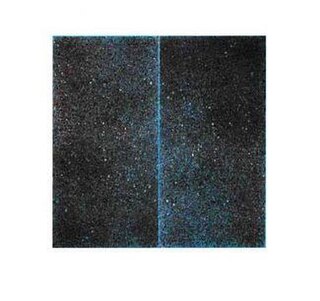
"Temptation" is a stand-alone single released by English band New Order on Factory Records in 1982. The single reached number 29 on the UK Singles Chart.
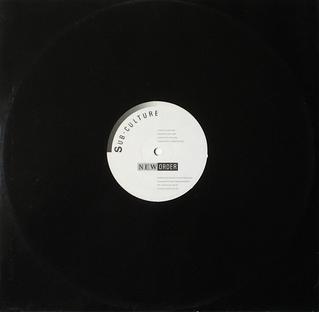
"Sub-culture" is a song by English rock band New Order. It was released as the second and final single from their third studio album, Low-Life (1985) on 28 October 1985 by Factory Records.

Movement is the debut studio album by English pop group New Order, released on 13 November 1981 by Factory Records. Recorded in the wake of Joy Division frontman Ian Curtis' suicide the previous year, the album is a continuation of the dark post-punk sound of Joy Division's material, increasing the use of synthesizers while still being predominantly rooted in rock. At the time of its release, the album was not particularly well received by critics or audiences, only peaking at number thirty on the UK Albums Chart; the band would gradually shift to a more electronic sound over the course of the next year.

Substance is a singles compilation album by British rock band Joy Division. It was released on 11 July 1988 by Factory Records. It is the companion to a similar singles compilation by their subsequent band New Order, also titled Substance. It peaked at number 7 on the UK Albums Chart and 146 on the Billboard 200, the band's only chart appearance in the United States. It also reached number 15 in New Zealand and number 53 in Australia in August 1988.
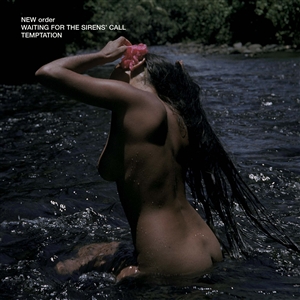
"Waiting for the Sirens' Call" is a single released in 2005 by English band New Order. It was released by London Records on 26 September 2005, and was the third single from the album of the same title.
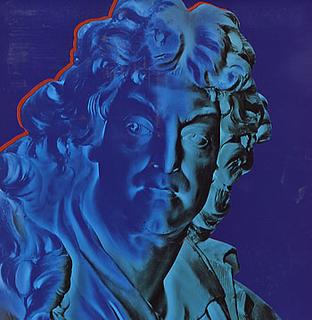
"Round & Round" is a song by the English band New Order from their fifth studio album Technique (1989). The song was written by band members Gillian Gilbert, Peter Hook, Stephen Morris and Bernard Sumner, and the album version was produced entirely by New Order. "Round & Round" was re-recorded for a single release, with Stephen Hague as co-producer.

"Leaving on a Jet Plane" is a song written and recorded by American singer-songwriter John Denver in 1966, originally included on his debut demo recording John Denver Sings as "Babe I Hate to Go". He made several copies and gave them out as presents for Christmas of that year. Denver's then producer Milt Okun convinced him to change the title and was renamed "Leaving on a Jet Plane" in 1967.

"Getting Away with It" is the first single by the English band Electronic, which comprised Bernard Sumner of New Order, ex-Smiths guitarist Johnny Marr, and guesting vocalist Neil Tennant of Pet Shop Boys. It was first released in 1989.

New Order 316 is a live DVD released by New Order, in 2001 by Warner Music Vision and London Records. It consists of two concerts. The first took place on 18 November 1981 at the Ukrainian National Home in the East Village of New York City, and features 9 tracks. The second took place at the Reading Festival on 30 August 1998, and features 11 tracks. The DVD title is derived from the combined set list of 3 Joy Division and 16 New Order tracks.
